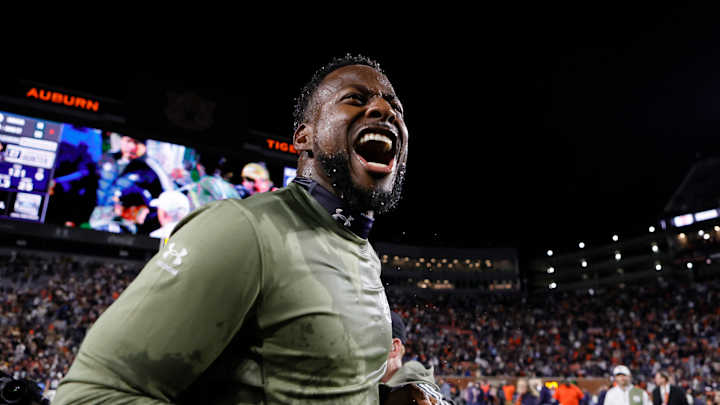Auburn Athletics posts record profit for 2022 fiscal year

In this story:
Auburn's Athletics Department posted a record profit of $22.9M in the 2021-2022 fiscal year, according to a copy of the department's annual NCAA financial report. The fiscal year, which runs from October 1st, 2021 through September 30th, 2022, does not include the buyout monies owed to former head coach Bryan Harsin.
For the fiscal year, Auburn reported operating revenue of $174,568,422 against operating costs of $151,590,763. The largest driver of this revenue increase is the return to full capacity for Football's Jordan-Hare Stadium and basketball's Neville Arena. For the 2021-2022 fiscal year, ticket sales were reported at $34,140,396, almost ten times higher than the pandemic-restricted 2021 fiscal year, where only $3.7M in ticket sales were sold. (The previous fiscal year, majorly before the pandemic, saw $33.8M in ticket sales, with men's basketball largely completing their regular season before the pandemic caused the cancellation of the NCAA Tournament.)
Another factor contributing to the increase in revenue was higher donor contributions, more than doubling the previous $15.9M figure with $35.7M in the 2021-2022 reporting year. Revenues from licensing, royalties, and sponsorships also doubled to $11.1M.
This fiscal year's $22.9M surplus is a new department record, besting 2008's $19.4M. Other noteworthy totals include $17.8M in 2020, $15.2M in 2016, and $14.6M in 2005.
One of the largest expense reductions in the report was severance payments. The previous report, covering the 2020-2021 fiscal year, saw $16.6M owed - mostly to Gus Malzahn and staff. This current report shows only $8.2M owed during the 2021-2022 fiscal year, although Bryan Harsin's buyout and his staff severances are not included due to the September 30th cutoff for the reporting period. Harsin was owed $15.575M within 30 days of his termination, which he received as scheduled. The remainder of the $15.575M is split into four annual payments, due July 15th, and ending with the final payment in 2026.
Individual sports
Football, as expected, is both the biggest expense and biggest revenue source for the department. Auburn football spent $52.2M on operations in the fiscal year but brought in over $106.7M (for a net of $54.4M in revenue). The biggest expenses were, in order: Coaching salaries/benefits/bonuses of $12.4M, severance payments of $7.8M, and financial aid for student-athletes of $5.4M. The largest sources of revenue were, in order: ticket sales of $30.5M, donor contributions of $30.2M, and media rights payouts of $27M.
Again, these figures do NOT include buyouts/severance for Bryan Harsin and staff - those will begin showing on the 2022-2023 fiscal report.
Men's basketball posted a net profit of $3.2M, with operating expenses of $13.8M versus revenue of $17M. Media rights were the largest revenue source, at $6.5M, followed by donor contributions at $3.79M and ticket sales at just under $3M.
Donor contributions are mostly driven by the same two sports, with just over half of Auburn's contributions coming from football (28.3%) and men's basketball (22.3%).
Related Stories
Five expectations for Auburn quarterbacks under Hugh Freeze
Auburn football's projected 2023 depth chart
Malik Autry commits to the Auburn Tigers
Hugh Freeze says QBs are hard to evaluate because of Auburn's offensive line play
Five-star PG Tahaad Pettiford commits to Auburn
Engage with Auburn Daily on Socials!
Follow Auburn Daily on Twitter

Senior Writer, covering Auburn Tigers baseball Also: Host of Locked on MLB Prospects (on twitter at @LockedOnFarm), Managing Editor of @Braves_Today, member of the National College Baseball Writers Association and the Internet Baseball Writers Association of America
Follow @crosbybaseball